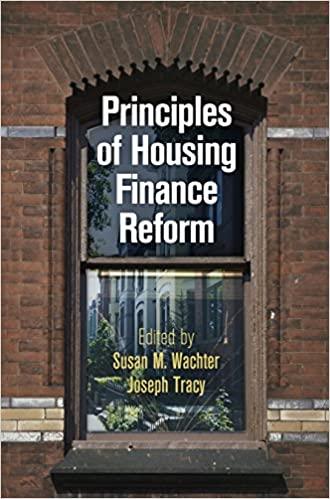Question
A. Determine the amount of money in a savings account at the end of 3 years, given an initial deposit of $11,000 and an annual
A. Determine the amount of money in a savings account at the end of 3 years, given an initial deposit of $11,000 and an annual interest rate of 12 percent when interest is compounded: Use Appendix A for an approximate answer, but calculate your final answer using the formula and financial calculator methods. (Do not round intermediate calculations. Round your final answers to 2 decimal places.)
Annually:
Semiannually:
Quarterly:
B. Mr. Hugh Warner is a very cautious businessman. His supplier offers trade credit terms of 3/17, net 95. Mr. Warner never takes the discount offered, but he pays his suppliers in 85 days rather than the 95 days allowed so he is sure the payments are never late. What is Mr. Warner's cost of not taking the cash discount? (Use a 360-day year. Do not round intermediate calculations. Input your answer as a percent rounded to 2 decimal places.)
C. Juan Garza invested $107,000 5 years ago at 8 percent, compounded quarterly. How much has he accumulated? Use Appendix A for an approximate answer but calculate your final answer using the formula and financial calculator methods. (Do not round intermediate calculations. Round your final answer to 2 decimal places.)
Step by Step Solution
There are 3 Steps involved in it
Step: 1

Get Instant Access to Expert-Tailored Solutions
See step-by-step solutions with expert insights and AI powered tools for academic success
Step: 2

Step: 3

Ace Your Homework with AI
Get the answers you need in no time with our AI-driven, step-by-step assistance
Get Started


